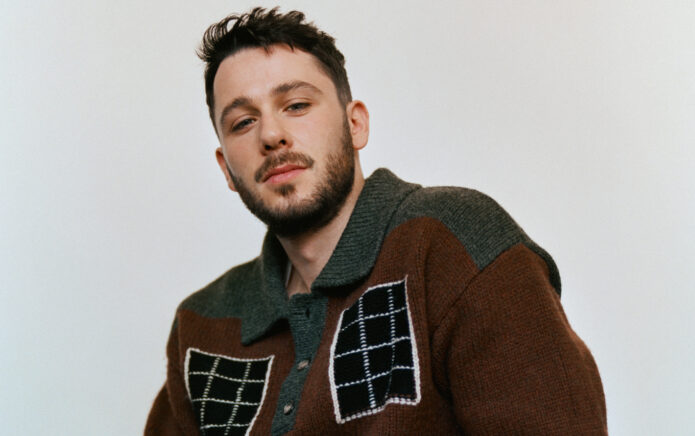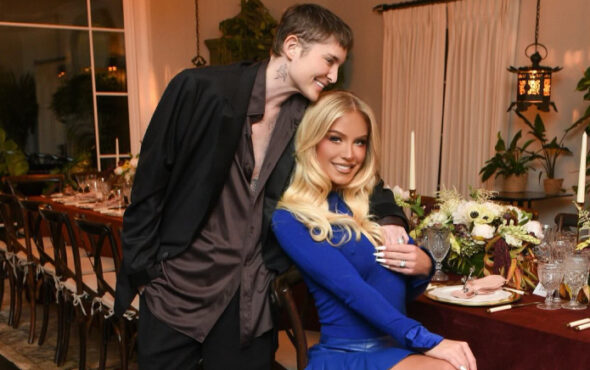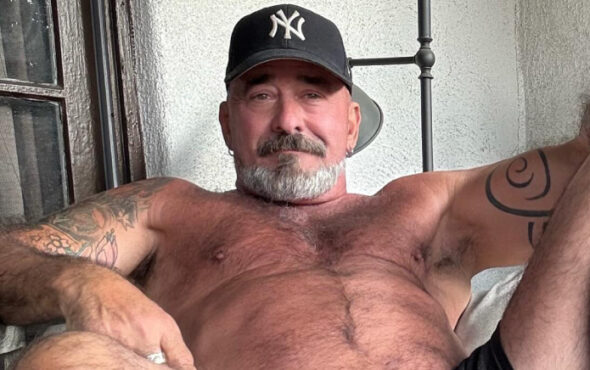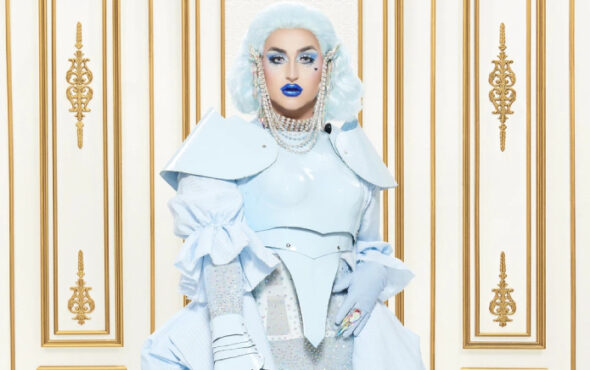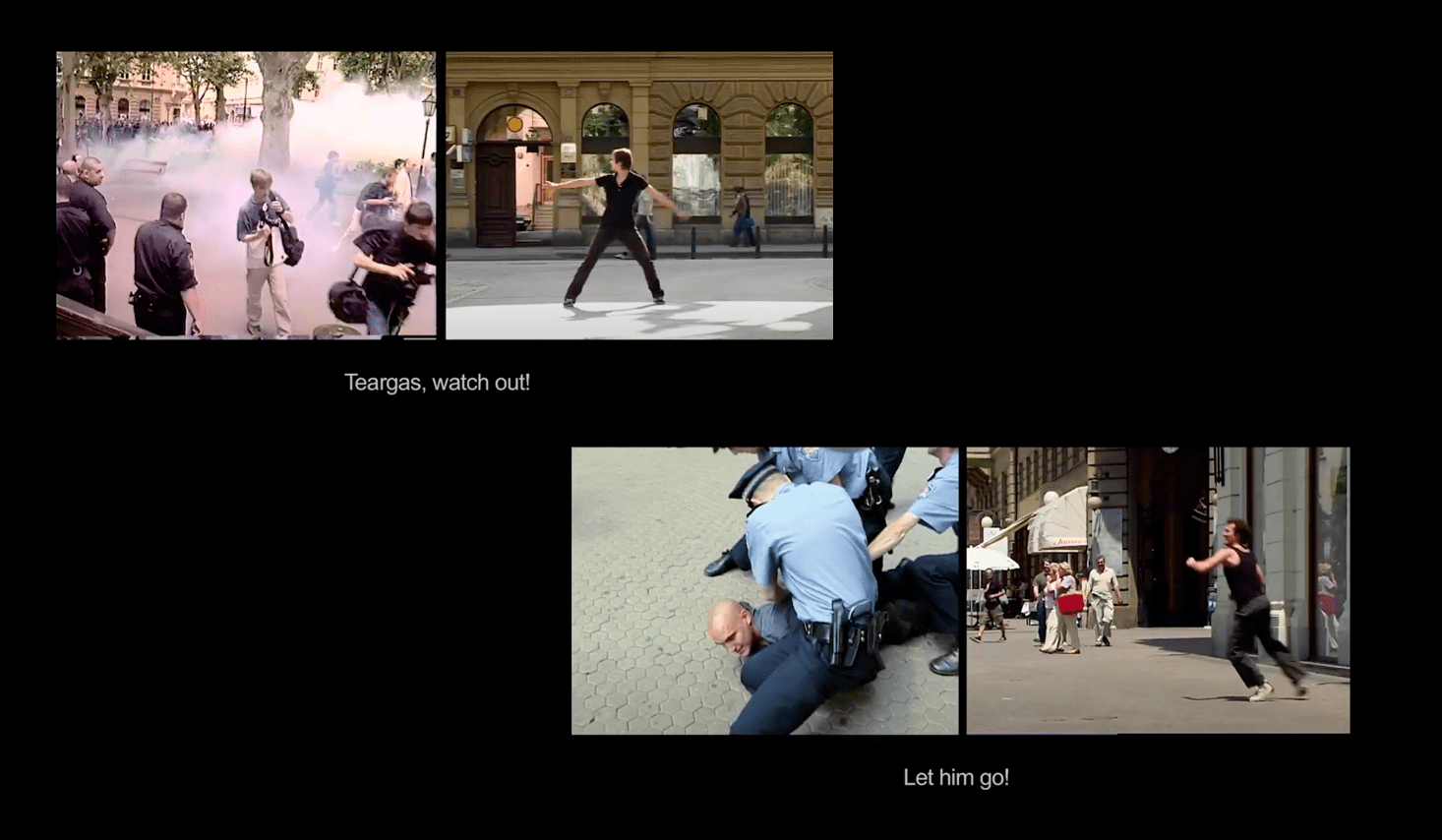
A couple of months ago I visited the Tate Modern. I’d been there plenty of times before but of course you can’t possibly see all the artwork in one go, let alone actually process it all. Just as I always typically would, I entered the turbine hall, mesmerised by its grand brutalist facade. I slowly made my way up the stairs, passing through one exhibition room after the next.
Countless art pieces graced the walls, each unique in its own way. I was about to make my way to the exit, thinking I’d finished my short trip to the Tate. After all, I could always come back for more. Just then I saw a room with a warning sign cautioning viewers of potential distress the piece could invoke due to recordings of violence – I was intrigued.
I entered the room and pulled back the dark curtains that separated me from the art piece. It turned out that the piece that was showing in this gloomy room behind the curtains was Igor Grubic’s East Side Story.
Grubic’s work documents violence against LGBTQ+ people during Pride parades in Croatia and Serbia in the early 2000s. The video records several incidents of physical and verbal violence against peaceful visitors of the parades, juxtaposed with performance art interpretations of these moments of abuse. I instantly felt a strange connection to the art.
Growing up as a lesbian born to Serbo-Croatian parents, I always sensed a disparity in openness and acceptance regarding queerness between Eastern Europe and Central Europe – where I was raised.
This video spoke to me on many levels. During my childhood, I quickly became aware of the level of stigma queer people are subjected to in Eastern Europe. Being born and raised in Austria, I heard a fair share of homophobic comments from people in my environment, sometimes even from friends.
However, the normality with which queerness was disapproved of by my extended family or my parents’ friends based in the Balkans was different. Although my parents are very progressive, it always seemed to me that the environment they decided to move away from was the exact opposite.
The slurs and attacks documented in East Side Story left me speechless at first. I had no other option but to swallow the bitter taste the video left in my mouth just for it to reach the anxious pit in my stomach.
This installation reminded me of all the times I had tasted this bitterness before, after having been subjected to homophobia in the past.
It reminded me of all the times my parents’ friends made derogatory comments towards the LGBTQ+ community during my childhood. I would typically excuse myself to my room teary-eyed, making sure nobody saw my reaction.
The video reminded me of all the times I felt ashamed of my identity. It also reminded me of my most recent homophobic encounter when I encountered that same bitter taste. After a night out with friends, a stranger shouted slurs at me after I signalled I wasn’t interested in him.
Seeing this video evoked more than just my past experiences of homophobia though – I felt a deep sense of sorrow as well. These were people who courageously went onto the streets to celebrate their identities and march for diversity. Instead, they were met with hatred and violence.
Seeing Grubic’s work felt like viewing an alternate version of my life on screen. This could-have-been version of my life, had my parents stayed in the Balkans, brought me to tears. I connected with the film on a level that I hadn’t through art until that moment. There was something the video captured that I hadn’t been able to express through words before.
All of these pent-up emotions suddenly surfaced. At that moment, words were still failing me. I was speechless. In search of something to say, to express what I had felt, I was unable to voice my pain. Tears started trickling down my face.
As someone who moved to London at the sweet age of 19 to seek greater tolerance and acceptance of their queerness, this video felt like a punch in the gut. The sense of security I was seeking through my relocation to London was so desperately needed in the video. The piece captured homophobia to an extent I was lucky never to have experienced or witnessed before.
I was awakened to my privilege but also a greater need for solidarity as one LGBTQ+ community across borders.
Irina volunteers with Just Like Us, the LGBTQ+ young people’s charity.
View this post on Instagram
